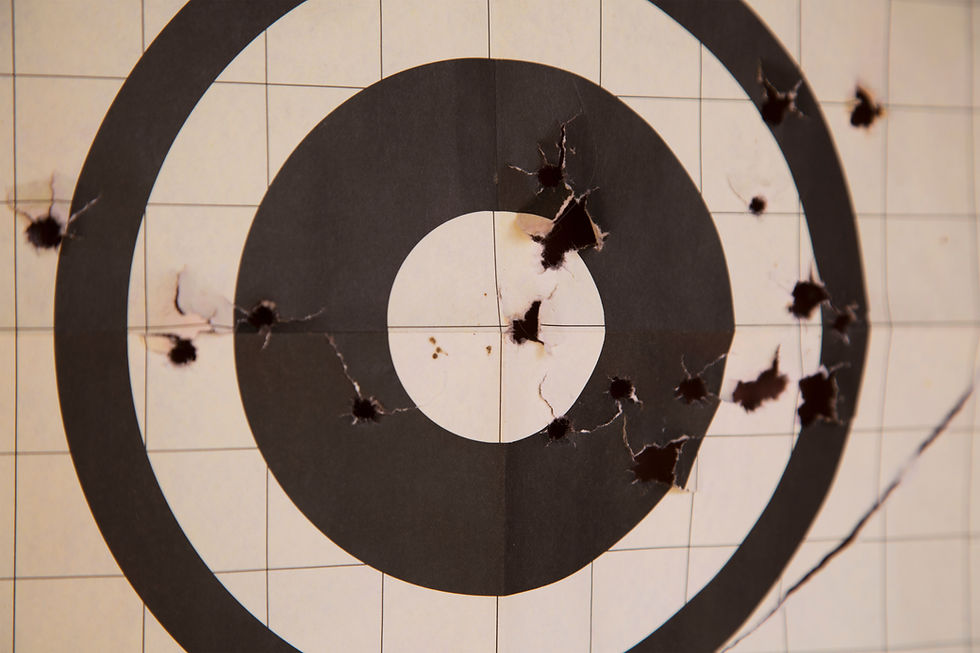Most of us have a coping strategy but are you aware of your protective factors?
- rhorton930
- May 14, 2024
- 2 min read
To mark day 2 of Mental Health Awareness Week we consider protective factors, what are they? How do they work?

It wasn’t until about a year ago that the majority of our team at Akumen became aware of the term "protective factors” and since then we have become very focused on their importance.
“Protective factors” in the context of suicide and self-harm are conditions or attributes that mitigate the risk of suicide and self-harm, lose a protective factor and it can amplify risk, it is fundamental in our quest to develop a digital Psychological Safety Tool that will triage for risk, this is hard core innovation.
The Centers for Disease Control and Prevention (CDC) state there are three gaps in suicide research, this is what it says about protective factors…
“While much is known about risk factors for suicide in general, less is known about protective factors. There is also little known about potential synergies between combinations of various risk and/or protective factors that could amplify risk or protective effects.”
This Social-Ecological Model is a useful framework with some examples of protective factors.
Individual Level:
Effective coping strategies
Positive self-esteem
Physical health and regular exercise
Relationship Level:
Supportive family and friends
Healthy romantic relationships
Sense of responsibility to loved ones
Community Level:
Engagement in community activities
Access to mental health care
Strong cultural or ethnic identity
Societal Level:
Mental health-friendly policies
Availability of support services
Safe and supportive environments
Connection to Nature:
Engagement with Nature: Regular activities such as hiking, gardening, or spending time in natural settings that promote well-being and reduce stress.
Nature Therapy: Practices like nature walks, outdoor meditation, and ecotherapy that leverage the healing power of nature.
Spiritual Practices:
Mindfulness and Meditation: Practices that enhance self-awareness and emotional regulation.
Religious Faith: Personal religious beliefs and practices that provide comfort, meaning, and a sense of purpose.
Gratitude Practices: Regular reflection on and expression of gratitude, which can enhance positive emotions and resilience.
Here are a few of my personal protective factors …
I like meeting friends and chatting over a pint – or maybe several, but this can defeat the purpose, mind!
I meet up my spiritual friends and practice meditation and energy work – for me this is the equivalent of six sessions of therapy every week.
I love nature and with my partner we garden, keep bees and grow trees.
I get a lot out of cooking for others.
Kayaking around the coast of Devon & Cornwall with my paddle chums, especially Rupert, https://thelonekayaker.wordpress.com
We would love to hear from you about your “Protective factors” if you feel comfortable sharing them in the comments :)
References
CDC’s Division of Violence Prevention: The CDC outlines the use of the Social-Ecological Model in understanding and preventing violence, including self-directed violence (suicide and self-harm).
World Health Organization (WHO): The WHO’s materials on suicide prevention often reference the need to consider multiple levels of influence, aligning with the Social-Ecological Model.





Comments